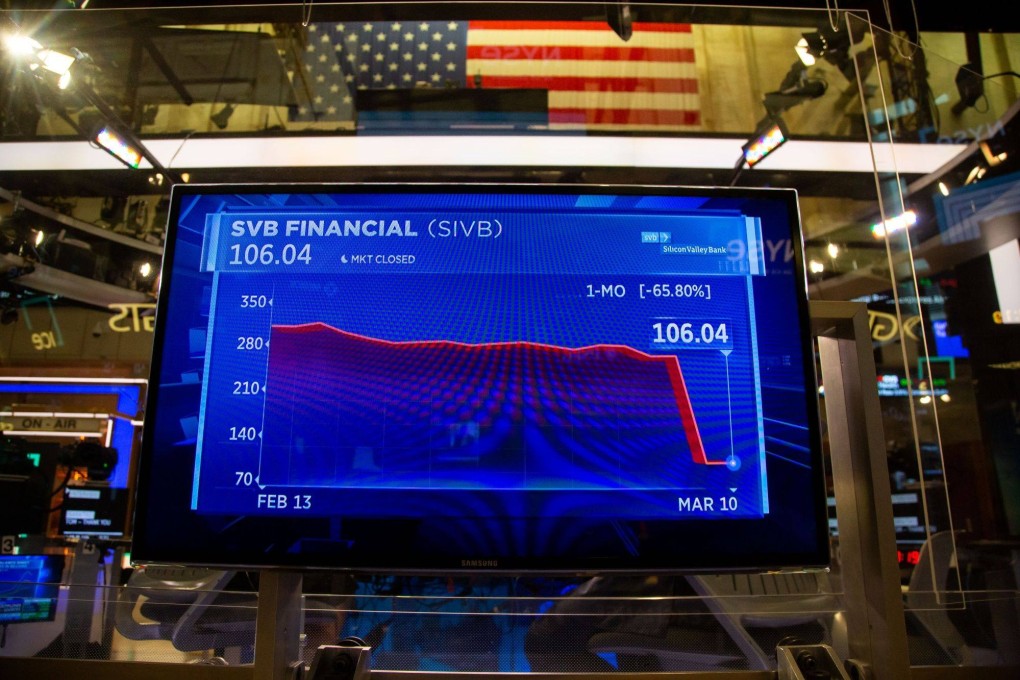Macroscope | No repeat of the 2008 global financial crisis but other dangers lurk
- In the US, large banks remain safe but there is little political appetite to throw fiscal support at the smaller, failing banks
- In Europe, the shock that Credit Suisse’s AT1 bondholders were made to absorb losses first, continues to reverberate

Banks fail when they do not hold enough capital to absorb losses, when they are not able to meet deposit outflows, or when they face a general lack of customers, and investor and counterparty confidence prevents them continuing with business as usual. Valuing a bank from an equity or creditworthiness point of view relies on having transparency on all these things.
If this happens, then valuations of banks must consider potential additional realised or marked-to-market (accounting) losses on their credit and securities portfolios, the increased costs of funding to try and retain deposits, and the provisioning against loan losses as the economy deteriorates with tighter credit conditions. The further underperformance of bank equity and credit assets could be the result.
Policy plays a role in facing a banking crisis. Regulators and governments can provide insurance against deposit losses and/or a backstop to the valuation of assets and facilities which allow banks to use collateral to meet their liquidity needs.

